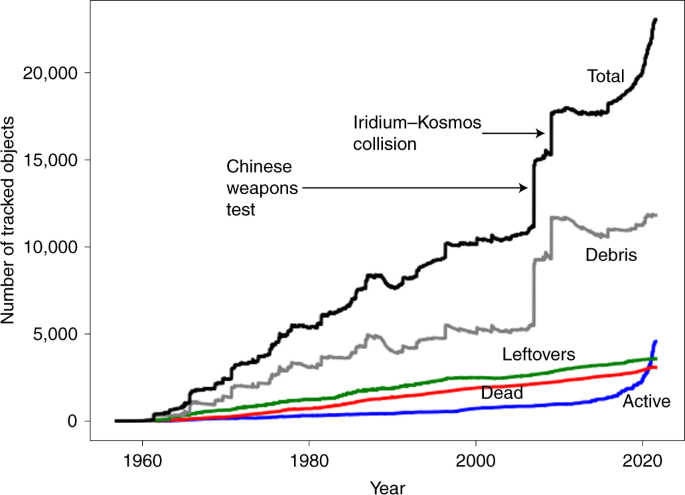2022-04-22 アメリカ国立再生可能エネルギー研究所(NREL)
 A new simulator, developed by NREL, allows users to model the movements of soaring raptors, such as golden eagles and bald eagles, who prefer to ride updrafts at the same altitudes as wind turbine blades. The model’s predictions at specific locations in the United States, times of year, and wind conditions could help reduce potential collision risks of wildlife with wind turbines. Photo by Dennis Schroeder, NREL
A new simulator, developed by NREL, allows users to model the movements of soaring raptors, such as golden eagles and bald eagles, who prefer to ride updrafts at the same altitudes as wind turbine blades. The model’s predictions at specific locations in the United States, times of year, and wind conditions could help reduce potential collision risks of wildlife with wind turbines. Photo by Dennis Schroeder, NREL
<関連情報>
- https://www.nrel.gov/news/program/2022/eagle-simulator-for-wind-energy.html
- https://www.sciencedirect.com/science/article/abs/pii/S0304380022000047
確率的エージェントベースモデルによる上昇気流下方向飛行中のタービンスケール猛禽類移動の予測 Stochastic agent-based model for predicting turbine-scale raptor movements during updraft-subsidized directional flights
RimpleSandhu,CharlesTripp,EliotQuon,RegisThedin,MichaelLawson,DavidBrandes,Christopher J.Farmer,Tricia A.Miller,CarolineDraxl,PaulaDoubrawa,LindyWilliams,Adam E.Duerr,Melissa A.Braham,ToddKatzner
Ecological Modelling Published:1 February 2022
DOI:https://doi.org/10.1016/j.ecolmodel.2022.109876
Abstract
Rapid expansion of wind energy development across the world has highlighted the need to better understand turbine-caused avian mortality. The risk to golden eagles (Aquila chrysaetos) is of particular concern due to their small population size and conservation status. Golden eagles subsidize their flight in part by soaring in orographic updrafts, which can place them in conflict with wind turbines utilizing the same low-altitude wind resource. Understanding the behavior of soaring raptors in varying atmospheric conditions can therefore be relevant to predicting and mitigating their risk of collision. We present a predictive movement model that simulates individual paths of golden eagles during directional flight (such as migration) that is subsidized by orographic updraft. We modeled eagles in a 50 km by 50 km study area in Wyoming containing three wind power plants with documented golden eagle collisions with turbines. The movement model is applicable to any region where ground elevation is known at turbine scale (<?XML:NAMESPACE PREFIX = “[default] http://www.w3.org/1998/Math/MathML” NS = “http://www.w3.org/1998/Math/MathML” /><50 m) and wind conditions are known at facility scale (<3 km). For a given set of atmospheric conditions, the model simulates movements of thousands of orographic soaring eagles to produce a density map quantifying the relative probability of eagle presence. We validated the simulated tracks with GPS telemetry data showing four directional tracks made by golden eagles transiting through the area in 2019 and 2020. For each eagle track, validation was performed using the ratio of the model-simulated eagle presence likelihood with uniform eagle presence and the presence computed using directed random-walk movements. We found that the predictive performance of the model was significantly better (likelihood ratio >1) for low-altitude movements than high-altitude movements that can involve thermal-soaring. We employed the model to produce seasonal presence maps for migrating golden eagles. We found significant turbine-level variations in eagle presence between northerly and southerly migration routes through the study area. Overall, the proposed model offers a generalizable, probabilistic, and predictive tool to assist wind energy developers, ecologists, wildlife managers, and industry consultants in estimating the potential for conflict between soaring birds and wind turbines, thereby reducing the need for site-specific data on golden eagle movements.



